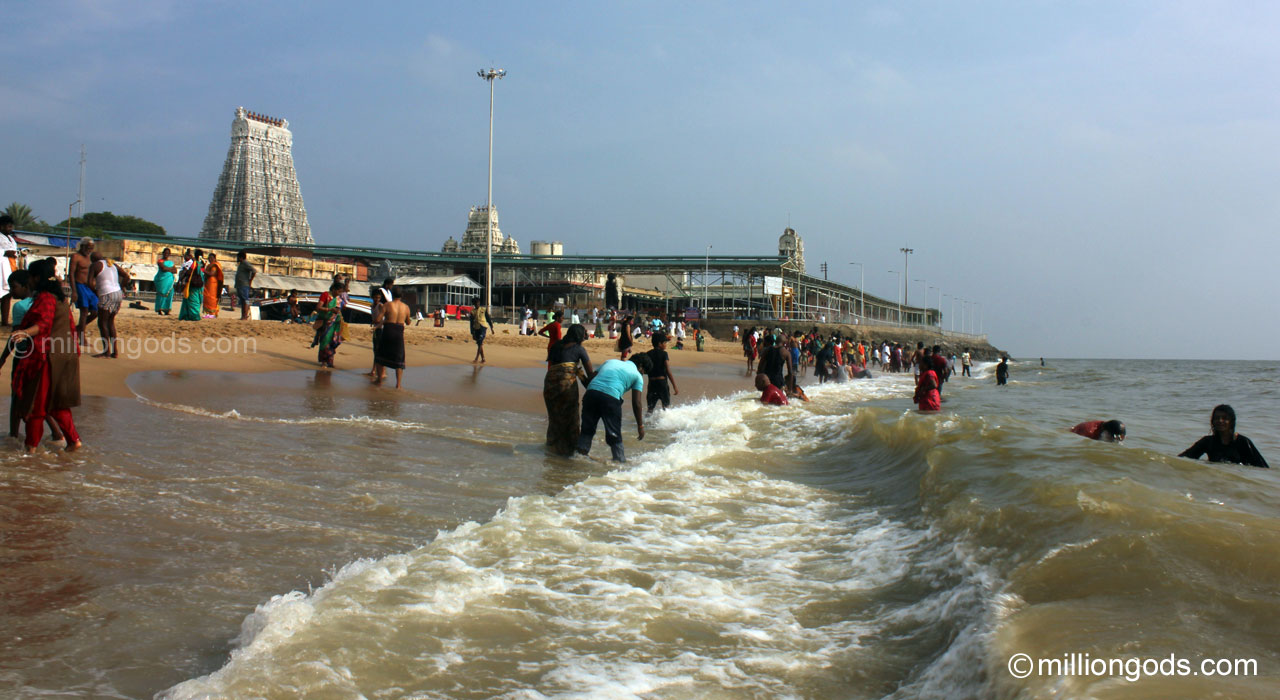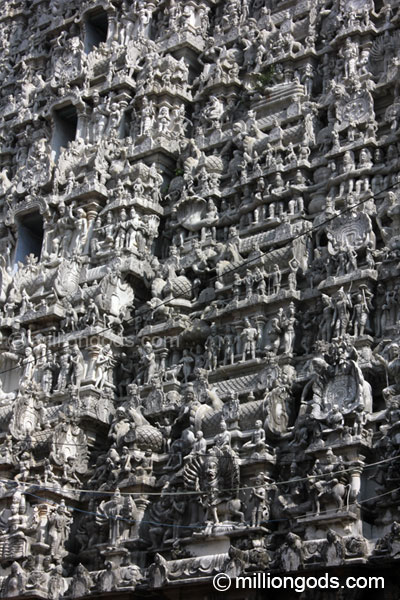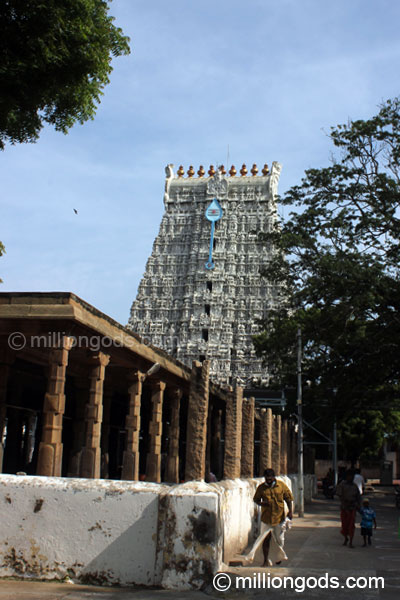Subramanyaswamy, facing east
Subramanyaswamy Tiruchendur
Subramanyaswamy, Tiruchendur
Other Temples - Thoothukudi

God
Goddess
Valli and Deivanai, facing east
Other Deities
Thoonduki Vinayaka, Mukkurini Vinayaka, Venkatesa Perumal, Renganadar, Gajalakshmi, Sage Agastya, Dakshinamurthy, Saint Arunagirinadar, 63 Nayanmar, Pancha Bottha Lingams, Chandikeswara, Nataraja, Sivakami, Karaikkal Ammaiyar, Saneeswara, Bhairava, Shanmuga with consorts



History
Legend
Directions
Tiruchendur is 55 kilometers southeast of Tirunelveli and 40 kilometers south of Thoothukudi. The temple has ample paid parking. Avoid festivals and important religious days if you want to enjoy a comparatively relaxed time. The beach in front is beautiful and fit for bathing with due safety precautions.
Stay and Food
Tiruchendur has hotels, lodges, and restaurants for a comfortable stay and good food.
